The Future of Schools Is Ready to Launch
The future of schools isn’t in the stars; it’s in classrooms across the country. Discover 8 educational practices that are essential for future-ready schools.
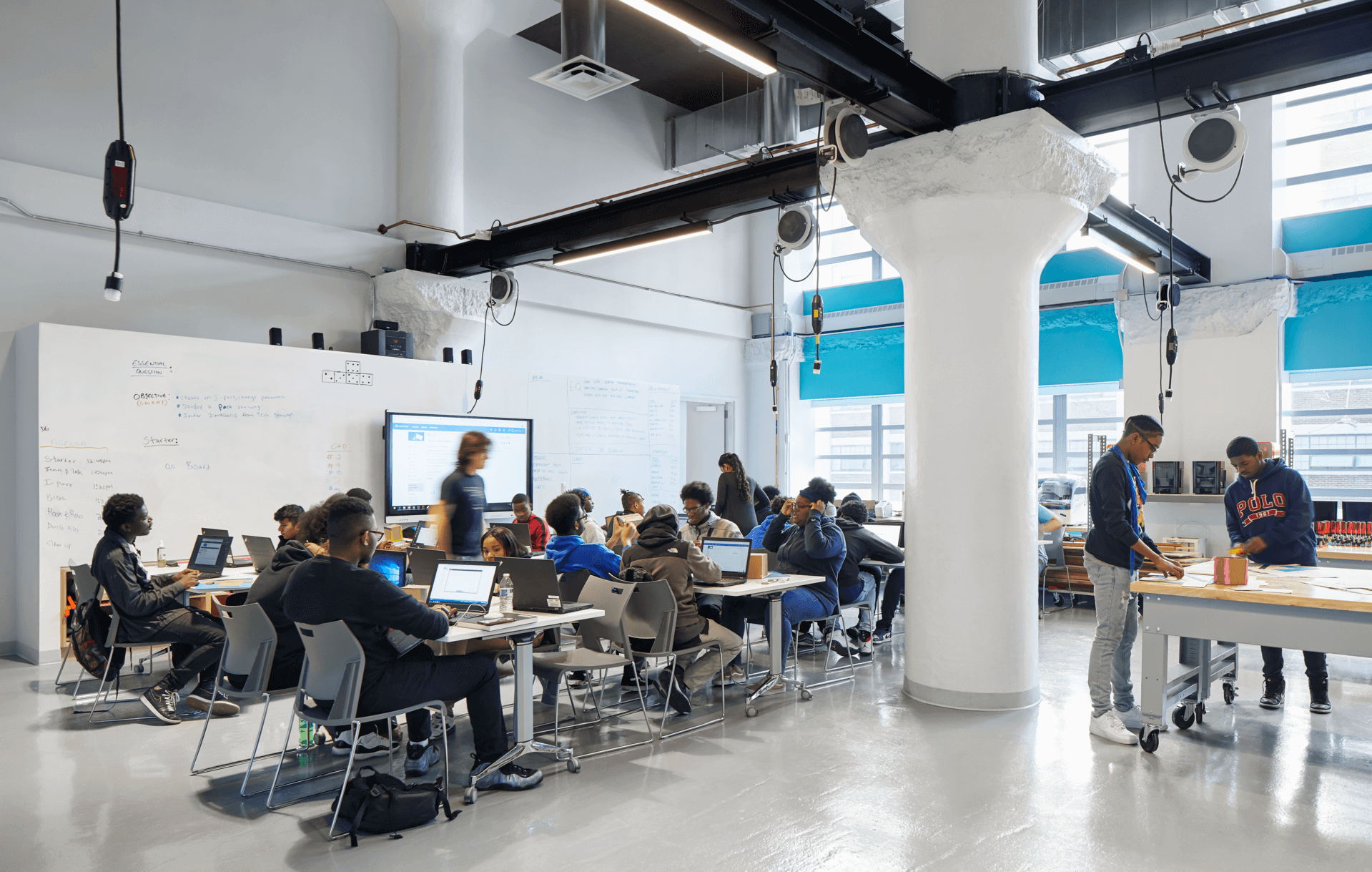
In the early twilight of November 16th, 2022, NASA’s Artemis I rocket launched from Kennedy Space Center in Cape Canaveral. Before my son could roll out of bed, I was showing him videos of the space launch system pushing Artemis I to the sky with a raging hydrogen column. It was like looking at a little star from our Florida shores. He shared with me all he learned about space and lunar exploration in his second-grade class, and his unbridled joy for science and learning made me think about his educational future. Will his high school keep him just as motivated as he is now, and can it prepare him for all the world has to offer?
During the 2022 Carnegie Summit for the Advancement of Teaching, I listened to Dr. Chris Emdin speak about teaching and learning in our post-pandemic reality. His mantra, “We can’t go back,” became a calling for the hundreds of educators in the convention hall to rethink what is possible. To Chris’s point, we don’t have to wait for the future to create the high schools of the future. Our time is now.
Envisioning the High Schools of the Future
The brilliant minds who are moving society forward are products of our education system. Consider recent scientific and technological achievements such as the James Webb Space Telescope, advancements in renewable energies, and the MRN vaccine developments. Education is the most valuable asset society can invest in. Yet, our own XQ audience poll—and many researchers—say too many U.S. students aren’t graduating high school ready for the future, whether that’s college or careers.
There are things we need to understand better if we’re going to meet XQ’s mission to rethink high school, so more students have the opportunity to contribute to society today and in the future. To see what our readers are most interested in, I looked at XQ’s most-read articles from 2022:
- What Is Student-Centered Learning and Why Is It Important?
- What Is Inquiry-Based Learning? (IBL)
- What is STEAM Education?
- A Guide for Interdisciplinary Teaching and Learning
- The Relationship Between Parental and Family Involvement and Student Success
I also learned our readers want to know more about how education improves economic growth, how to strengthen school and community partnerships, and how to lift and celebrate the voices of BIPOC educators. These are all elements of the research-based XQ Design Principles and Learner Outcomes to improve high school teaching and learning.
The future of education isn’t in the stars; it’s here, on the ground, in classrooms across the country. The future of high school sits on the launch pad, ready to go. Below are eight educational practices essential for schools to embrace when planning for the future.
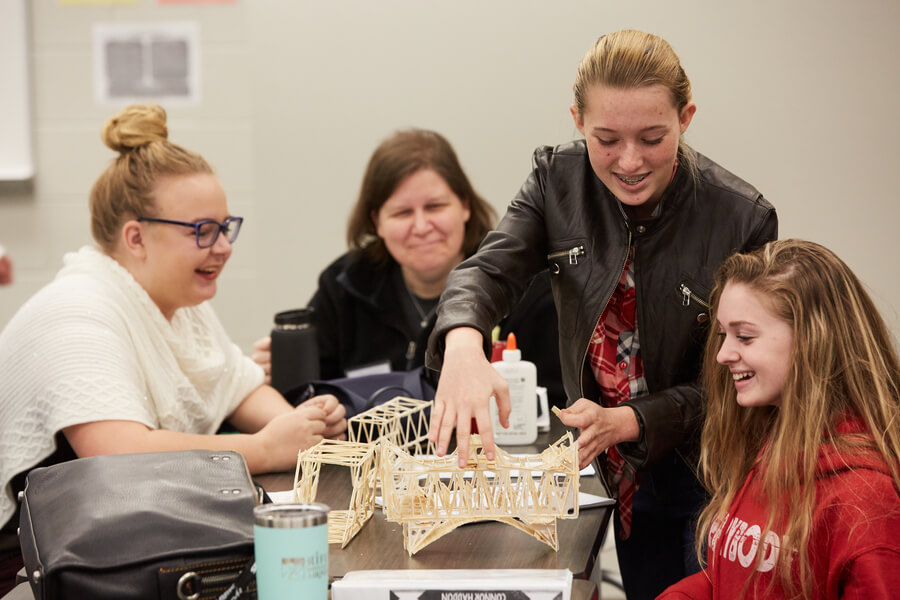
Utilize Project-Based and Collaborative Learning
Project-based learning (PBL) is a teaching method where students gain knowledge and skills while working on an authentic and engaging project. PBL is a malleable practice that can encompass a myriad of learning models, such as place-based learning and inquiry-based learning. A truly collaborative experience for students, PBL creates a student-centered environment where teens can work with their peers, their community, and the issues that matter most. This benefits every learner, but the flexibility of PBL can be especially powerful for students with special needs.
Beyond high school, students will engage with complex projects and confront real-world problems, requiring them to collaborate generously with others. PBL is an active learning model which promotes rigor and allows students to develop a deeper understanding of content.
Because PBL allows for so much diversity in student projects, there isn’t a cookie-cutter model for educators; instead, there are guiding principles teachers can use to help focus their projects. Here are some additional principles that have helped me:
- Use Design Thinking. Design thinking is a mindset educators can use to organize the development of student projects. It asks students to develop empathy and identify the stakeholders of a project. The design cycle encourages students to be creative, critical, and collaborative as they build out ideas and iterate on their designs.
- Establish Benchmarks. PBL allows for more authentic assessments where students can apply real-life skills as they develop their projects. Much like “chunking” in a lesson, benchmarks are strategic opportunities for students to complete deliverables and for educators to assess where their students are.
- Where will it live? As teachers consider the lifecycle of student projects—from beginning to end—they should ask what happens to the project once completed. Is there room for iteration or evolvement? Ensure the project connects to a community or an identifiable need. Projects with life beyond presentation will help prevent the throw-away trap in which a project loses its authenticity.
- Connect to Community. A surefire way to ensure authenticity: ask students to learn more about their community’s history, culture, environment, or economics to determine how their projects can help support a local need. Deep connections to a community can support project sustainability and strengthen relationships between the school and its greater community.
- Reflect Honestly and Frequently. As students reach individual benchmarks, asking them to reflect on their learning can help them build a growth mindset and develop a sense of ownership of their education. Reflection allows students to identify skills gained and establish future goals.
Maintain Flexible Learning Environments
Flexible learning considers the physical, temporal, and digital spaces to provide a more personalized learning experience to meet students’ individual needs. At its core, it focuses on how students learn by giving them choices—creating a student-centered environment that is proactive and adaptive for teachers. This meets students wherever they are, whether they want more academic challenges, need extra help, or are still learning English.
Classrooms of the future must be flexible and adaptable as technology and society rapidly evolve. We have an opportunity to create truly authentic learning experiences that more closely resemble the real world while also accommodating the individual learning needs of our students. Because flexible learning allows students to determine what, how, and when they learn, students can build a stronger foundation of autonomy and self-guidance. Research shows flexible learning also increases access to higher education, especially in underserved populations.
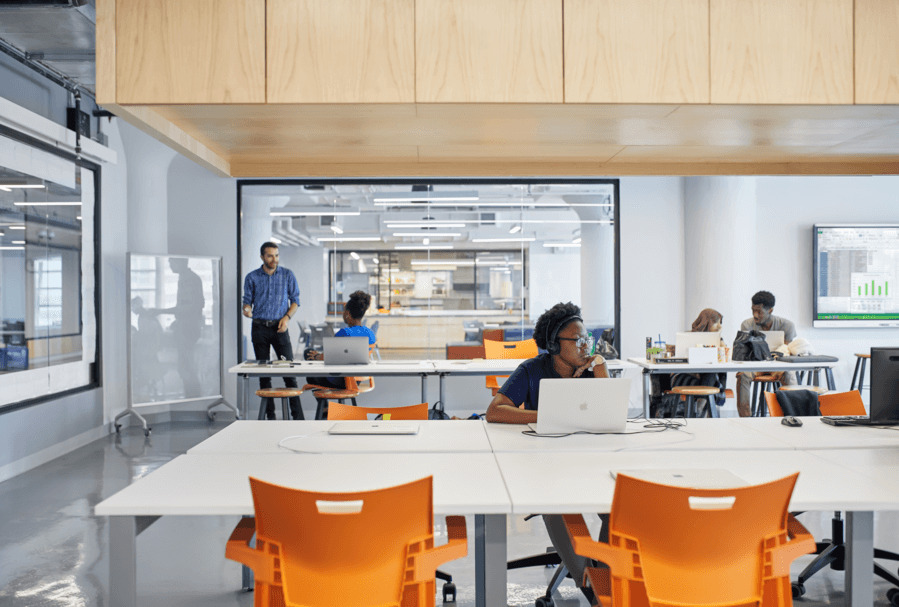
Let Students Take the Lead
To build schools ready for future demands, we must create space at the table for young people to enter the conversation. Students at Elizabethton High School, an XQ School in Elizabethton, Tennessee, did just that. When asked what their school should look like, they identified what they would need to be future-ready. That’s how to use our design principle of youth voice and choice—an accessible tool for educators to empower their students.
Student-centered learning builds on flexible learning by focusing instruction on the what and how students want to learn. It emboldens students to make effective decisions about their learning and can reinforce positive relationships between them and their teachers. When educators let students take the lead in decision-making, it signals that teachers listen and care deeply for their needs. Caring, trusting relationships is another one of our design principles for transforming high school.
By letting students lead the direction of their learning goals, we are building the foundations for a set of future-ready skills they will transfer into their adult lives. We want them to be learners for life, an XQ learner outcome that includes competencies like self-management and self-directed learning. These future-ready skills are central for students to make critical decisions to direct their learning.
Support Mental Health & Wellness for Students and Staff
With a record number of teachers leaving the profession, and real concerns about an educator shortage crippling the public education workforce, those most impacted will be the students. We know the symptoms of teacher burnout, and schools of the future can respond to these issues by promoting teacher autonomy, increasing funding levels, and providing teachers with relevant professional development. To further support teachers, school leaders should look to our design principle of a strong mission and culture to establish a unifying set of values and principles to establish a school’s sense of purpose.
Teens face several issues which have been consistent for decades now: bullying, identity and body concerns, academics, and drug use. However, the impacts of social media and a rising trend in school-related gun violence are more novel to younger generations, which can lead to disconnect from adults. Today, teenagers report higher levels of anxiety and depression, which the pandemic has further exacerbated.
As high schools increasingly become the front line of mental health support and well-being for students, future schools will need to evaluate their capacities to ensure an equal balance between supporting student and staff needs.
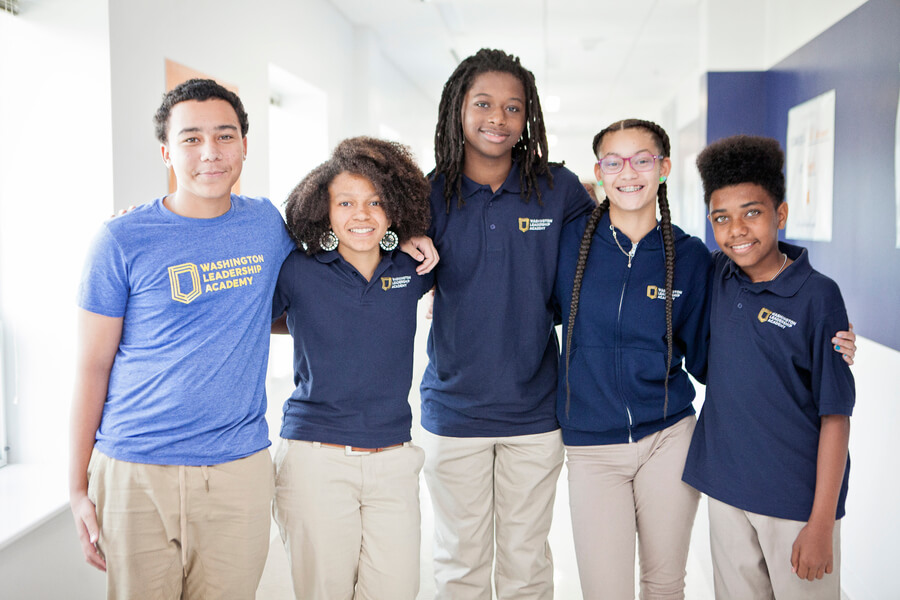
Driven by Equity
Equity is one of those words that means something different to everyone, but you know it is when you see it. Equity-driven schools focus on the holistic development of students, maintaining an environment where they all have access to a wide array of resources to support their learning needs. The Barr Foundation identifies four guiding principles for schools creating that equity-driven mission:
- A mission rooted in the belief that all students can achieve at high levels
- Challenging, authentic, and meaningful learning experiences that engage all students
- Customized, varied, and accessible student supports
- Data practices that inform student learning in a holistic manner
Equitable schools value their students as assets, viewing their academic, social, and mental growth as a core objective of the school’s mission. More so, school leaders can extend this philosophy to their staff, employing strategies to provide culturally relevant resources and professional development opportunities.
Partner and Engage With the Community
Recently, I wrote about the benefits of place-based learning and how teachers can incorporate it effectively in their classrooms to foster solid and healthy relationships with community partners. Working with cultural institutions, local businesses, public services, nonprofits, and other local organizations can expand future possibilities for students. This is why our design principles include community partnerships; they’re a way to garner sustainability, motivate student learning, and lead to solutions for real-life problems.
With community partnerships, learning happens outside the classroom. While teaching at PSI High, an XQ School in Sanford, Florida, my students and I connected with numerous businesses and organizations so students could collaborate with in-field experts to identify projects that would help support their business needs. Students gained valuable insights into how these organizations serve the community at large and how they could also serve their community.
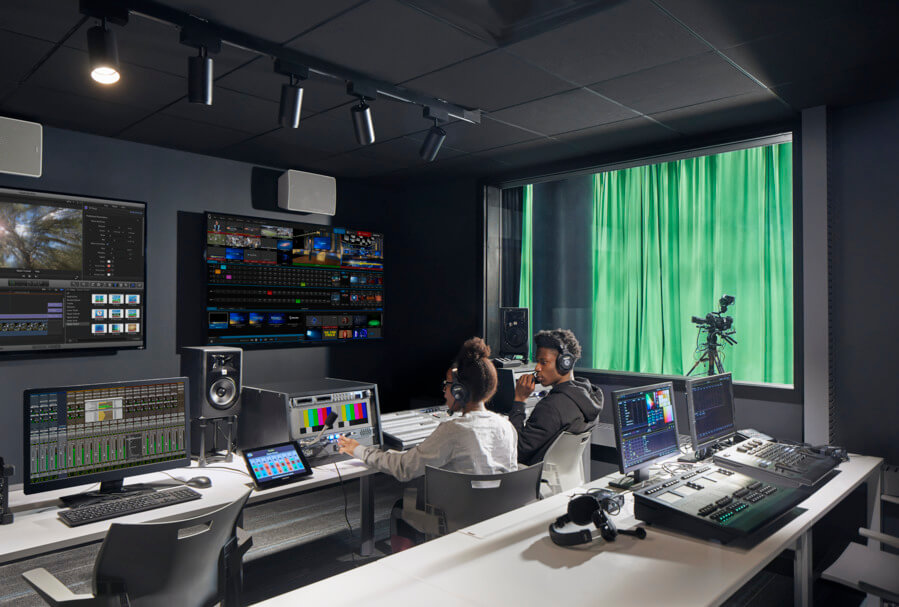
Demonstrate Smart Use of Time, Space, and Technology
Our students have more power in their cellphones than the Apollo guidance computers had when orbiting the moon 50 years ago. As technology grows exponentially, future careers will most certainly involve automation, artificial intelligence, and advanced engineering. While technology cannot replace teachers, it can make learning more engaging, accessible, and equitable. Technology also greatly supports the needs of our students with disabilities and English language learners.
Smart use of space, time, and technology, another XQ design principle, means making the most of available resources through flexibility and planning. Educators understand how to balance technology to accelerate learning, evolve beyond the barriers of seat time, and engage students in a world outside classroom walls. The XQ school Purdue Polytechnic High School in Indianapolis has even reconfigured the traditional high school schedule to make learning more engaging—and it’s getting more students from underrepresented backgrounds into Purdue University.
Gazing Ahead
It’s ironic that when we look up at the night sky, we look into the past. Dreaming about traveling to faraway galaxies is bittersweet; they’re distant frontiers that may no longer exist if we ever have the chance to reach them. But unlike the night sky, we are already walking into the future of schools. There is no need for us to travel faster than the speed of light, we simply need to turn our attention to the stars here on Earth—the educators, communities, and advocates doing the powerful work of transforming high school.
If you want more tips on how to rethink high school so all students are ready for the future, subscribe to our XQ Xtra Newsletter.









